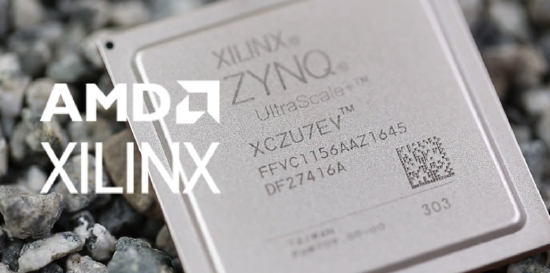AMD Xilinx Introduces Zynq UltraScale+Solution
AMD Xilinx, the industry's leading supplier of semiconductors and audio-visual connectivity equipment, recently announced that it has begun to use its Zynq UltraScale+Multi Processor System on Chip (MPSoC) to provide first-class support for multimedia streaming media.
AMD Xilinx's pro AV and broadcast systems have been widely used by companies with next-generation XR solutions because they provide unmatched performance, customization, low latency pipes, and a large number of integrated functions, as well as support for multiple open source applications. The Zynq UltraScale+solution provides an integrated 4K, 60fps video codec unit (VCU) and a 10 bit H.264/H 265 video codec unit, which can compress and decompress video with minimum delay.
The company explained that the Arm processor subsystem (PS) of the system has multi-core functions applicable to operating systems, drivers and high-performance peripherals.
Zynq UltraScale+'s Target Reference Design (TRD) provides a fully validated design module with separate intellectual property rights and system infrastructure blocks to adapt to use cases widely used in the audio-visual market, enabling companies to encode, decode, capture and display pipelines across connections, double data rate (DDR) and multiple video formats to achieve optimal versatility.

The ZCU106 evaluation suite of the system also evaluates the pre built images, and provides the verified IP kernel, source code, project files, drivers, and construction processes to fine tune VCU performance parameters for many use cases.
AMD Xilinx's award-winning solution also uses its Vivado IP Integrator (IPI) and Xilinx PetaLinux tools to design hardware and software, respectively. The platform's GStreamer open source multimedia framework also provides operators with audio, video and data elements, which are converted into streamlined and flexible multimedia channels running on the minimum number of GStreamer commands.
It also allows open source GStreamer plug-ins to integrate and facilitate interaction between audiovisual design components and TRDs
